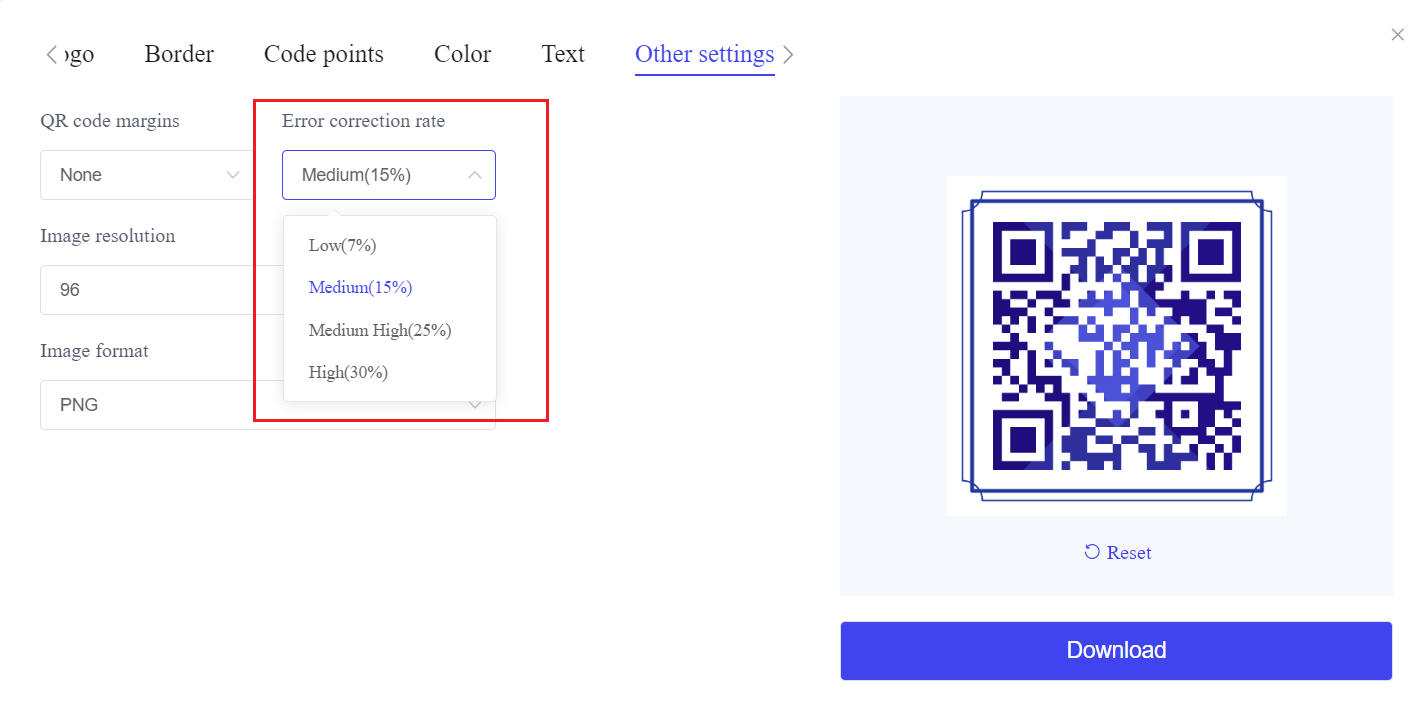How Much Data Can a QR Code Hold? A Comprehensive Expert Guide
QR codes have revolutionized the way we share information, offering a convenient and versatile method for encoding data that can be quickly scanned and interpreted by smartphones and other devices.
If you're asking how much data can a QR code hold, it's important to understand that the answer depends on various factors. In this article, we'll learn these factors, providing a detailed and professional analysis of QR code data storage capabilities.
The Structure of a QR Code and Its Data Capacity
A QR code, short for Quick Response code, is a type of two-dimensional barcode that can hold significantly more data than traditional linear barcodes.
QR codes consist of black and white squares arranged in a grid on a white background, storing information both horizontally and vertically.
How much data can be stored in a QR code varies depending on the type of data and the specific configuration of the QR code. The main data types that can be encoded into a QR code include:
● Numeric: Stores up to 7,089 characters
● Alphanumeric: Stores up to 4,296 characters (this includes numbers, letters, and some special characters)
● Binary: Stores up to 2,953 bytes (useful for encoding binary data, such as images or files)
● Kanji: Stores up to 1,817 characters (used for encoding characters from the Japanese Kanji language)
These values represent the maximum data capacity for each type under ideal conditions.
However, other factors significantly impact the actual amount of data that can be stored and reliably decoded.
QR Code Versions: From 1 to 40
QR codes come in 40 different versions, ranging from version 1 (which has a 21x21 grid) to version 40 (which has a 177x177 grid). Each version has a higher capacity for storing data than the previous one.
For example:
● Version 1: 21x21 modules, limited data capacity
● Version 40: 177x177 modules, highest data capacity
However, as the version number increases, so does the physical size of the QR code. Larger QR codes can store more data but may become difficult to scan if the code is too large or if the scanning environment is not ideal.
Error Correction Levels: Balancing Data Integrity and Capacity
Error correction is a key feature of QR codes that allows them to be scanned accurately even if they are partially damaged or obscured.
QR codes use Reed-Solomon error correction, and there are four levels of error correction available:
● Level L (Low): Recovers 7% of data, maximum data capacity
● Level M (Medium): Recovers 15% of data, good balance between capacity and robustness
● Level Q (Quartile): Recovers 25% of data, increased robustness
● Level H (High): Recovers 30% of data, maximum robustness but reduced capacity

Choosing a higher error correction level decreases the amount of data that can be stored, as more space within the QR code is used to store the redundant data needed for error correction.
For most practical applications, Level M or Level Q provides a good balance between data capacity and error correction.
Practical Applications of QR Codes
QR codes are used in a wide range of applications due to their ability to store various types of data. Some common uses include:
1. URL Encoding: A QR code can store a web address, making it easy for users to visit a website by scanning the code with their mobile device.
2. Contact Information: QR codes can store vCard data, allowing users to save a contact directly to their phone with a simple scan.
3. Event Details: A popular use is creating a QR code save the date, which encodes details of an event (like QR Codes for weddings) that users can add directly to their calendars.
4. Wi-Fi Access: QR codes can store the credentials for a Wi-Fi network, enabling users to connect without manually entering the network name and password.
Optimizing QR Code Data Storage
To maximize the effectiveness of a QR code, it's essential to consider the following:
1. Data Minimization: If possible, shorten URLs or simplify the information you want to encode. Using a URL shortener can reduce the number of characters and allow for a smaller, more scannable QR code.
2. Appropriate Version Selection: Use the smallest QR code version that can reliably store your data. Larger versions may store more data, but they can become cumbersome and difficult to scan in certain situations.
3. Error Correction Considerations: Select an error correction level that matches the environment in which the QR code will be used. For instance, if the QR code is likely to get damaged or partially obscured, choose a higher error correction level to ensure it remains readable.
4. Testing: Before finalizing your QR code, test it across multiple devices and in various conditions to ensure it scans correctly and efficiently.
In summary, understanding how much data can a QR code hold is crucial for optimizing its use in various applications.
By considering the type of data, QR code version, and error correction level, you can create QR codes that are both functional and reliable.
For those who need to generate QR codes, using an online free QR code generator can help ensure that your QR codes are optimized for data capacity.
By following best practices, you can make the most out of this versatile tool, whether you're encoding a simple URL or detailed event information.




